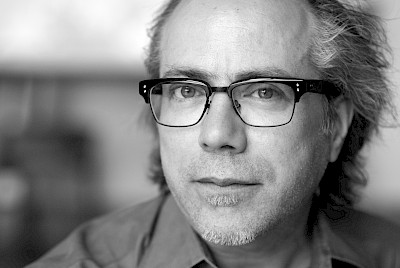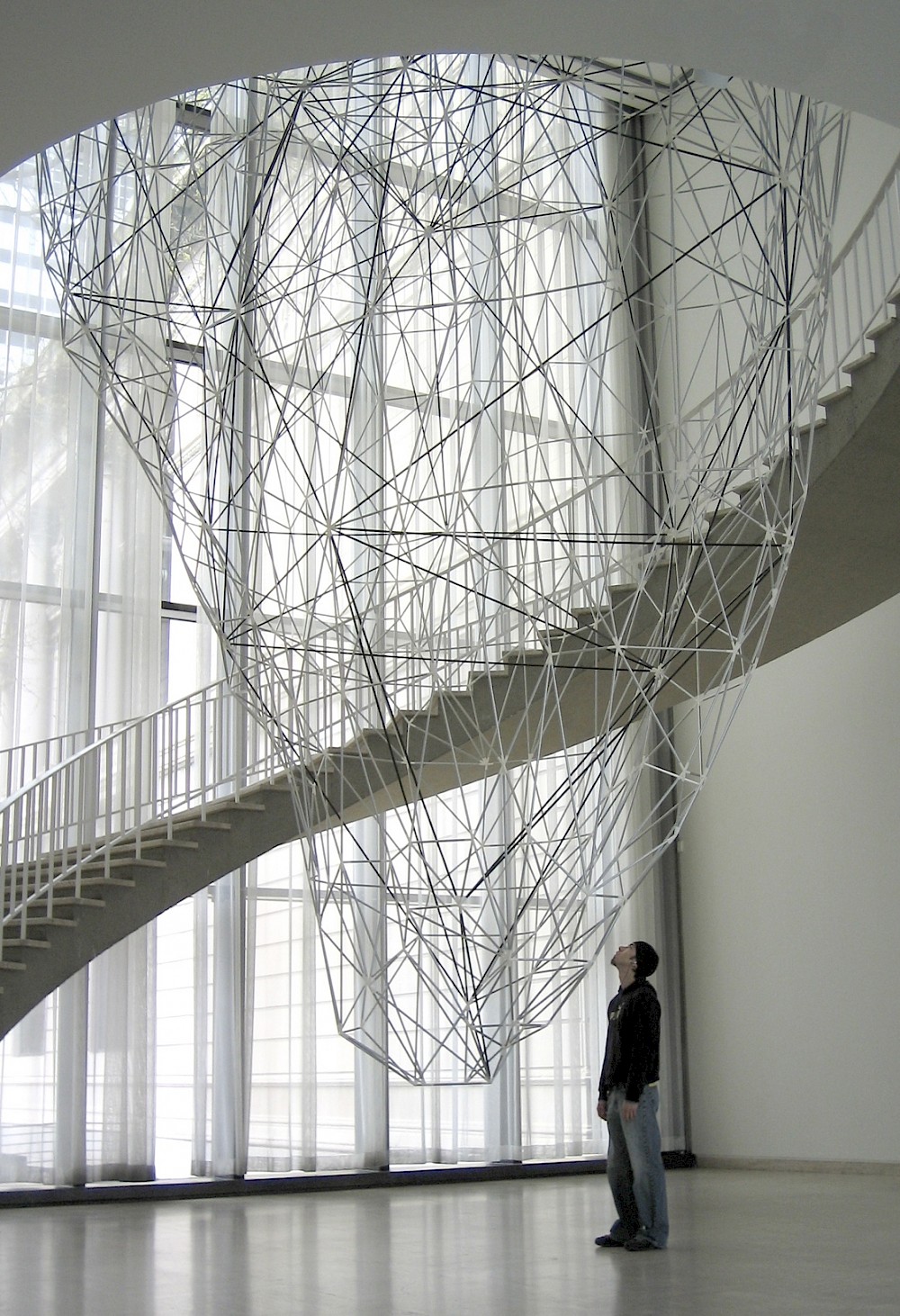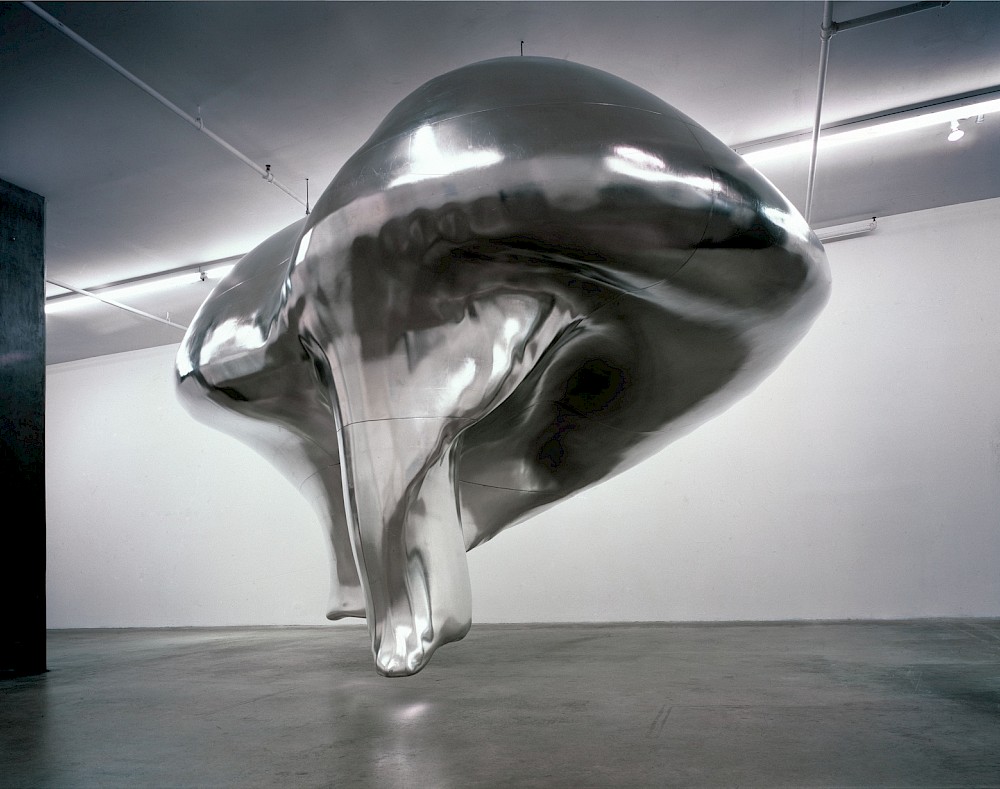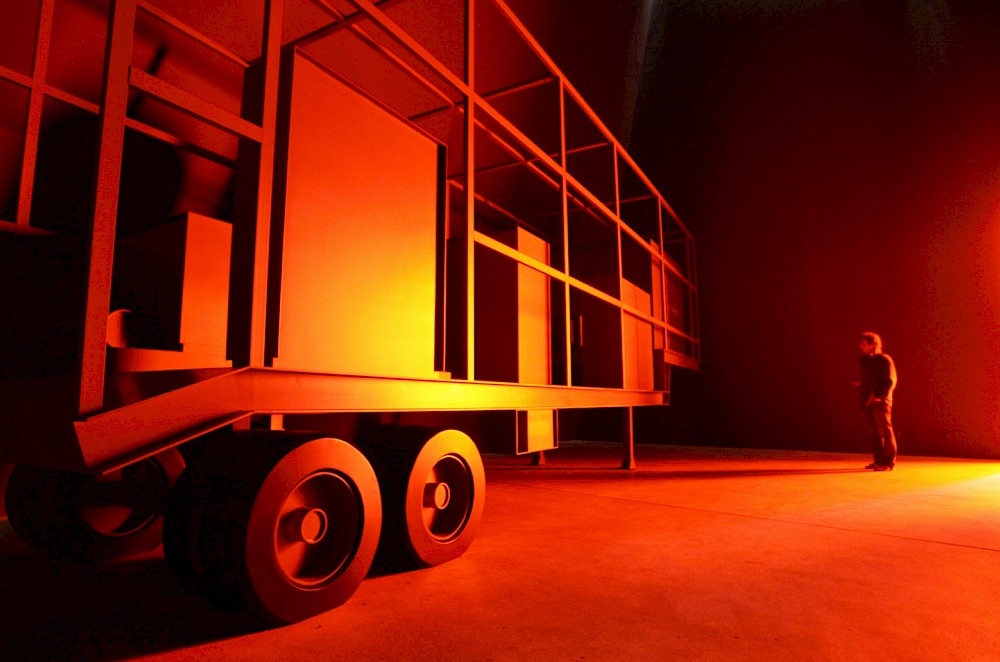BIENNIAL PROJECT
Beehives with Asteroid and Prototype for Re-entry
Beehives with Asteroid and Prototype for Re-entry is reminiscent of minimal works of art from the 1960s, where grids of primary forms were laid out in white cube galleries to challenge the traditional relationship between art and its viewers. However, Manglano-Ovalle’s field is not as it first appears; the forms’ construction and distribution in the gallery are based on the beehive box patented in 1852 by Reverend Lorenzo L. Langstroth. The original hive was declared by its inventor “indispensable to the scientific and most profitable management of bees.” The story of the Langstroth parallels the activities of architectural modernism and the efforts to study and reproduce rationalized mass-housing based on certain assumptions of universal function and performance.
Manglano-Ovalle overlays his grid formation with two foreign objects, one sits atop of a single hive—a miniature of the asteroid Apophis that has been under close surveillance since the early 2000s as a looming threat of collision with Earth. The other is a full-scale replica of French artist Constantin Brancusi’s 1932 Bird in Space, a work that was itself a duplicate, collected by The Museum of Modern Art following an incident eight years earlier when upon import the work was taxed as not-art leading to the test case of “Brancusi Versus the United States” that argued the classifications of modern art. Manglano-Ovalle’s replica is renamed Prototype for Re-entry in reference to a different test case in which the artist subjected his bird to the US Airforce’s Wind Tunnel. Collectively these elements and references are a meditation on the trajectory of modernity; Manglano-Ovalle asks us if its orbit is about to decay or already has.
BIO
Iñigo Manglano-Ovalle is a conceptual artist working across media to create works that are formally seductive, technologically sophisticated, and conceptually rigorous. He is engaged in an investigation of how certain extraordinary forces and systems—both natural and man-made—perpetually reshape our world and challenge our notions of the political and the cultural. He has received numerous awards including the United States Artists Guthman Fellowship 2011, Guggenheim Memorial Foundation Fellowship 2009, John D. and Catherine T. MacArthur Foundation Award 2001, and a fellowship from the National Endowment for the Arts 1995. He has presented major projects at international and U.S. institutions, including most recently: SITE Santa Fe, New Mexico 2014, 2012; Christopher Grimes Gallery, Santa Monica 2015, 2012; Ernst Schering Foundation, Berlin 2013; The Art Institute of Chicago 2011; The Power Plant, Toronto 2011; Massachusetts Museum of Contemporary Art 2009; and Documenta XII, Kassel 2007. He is professor and chair of Art Theory & Practice at Northwestern University.






